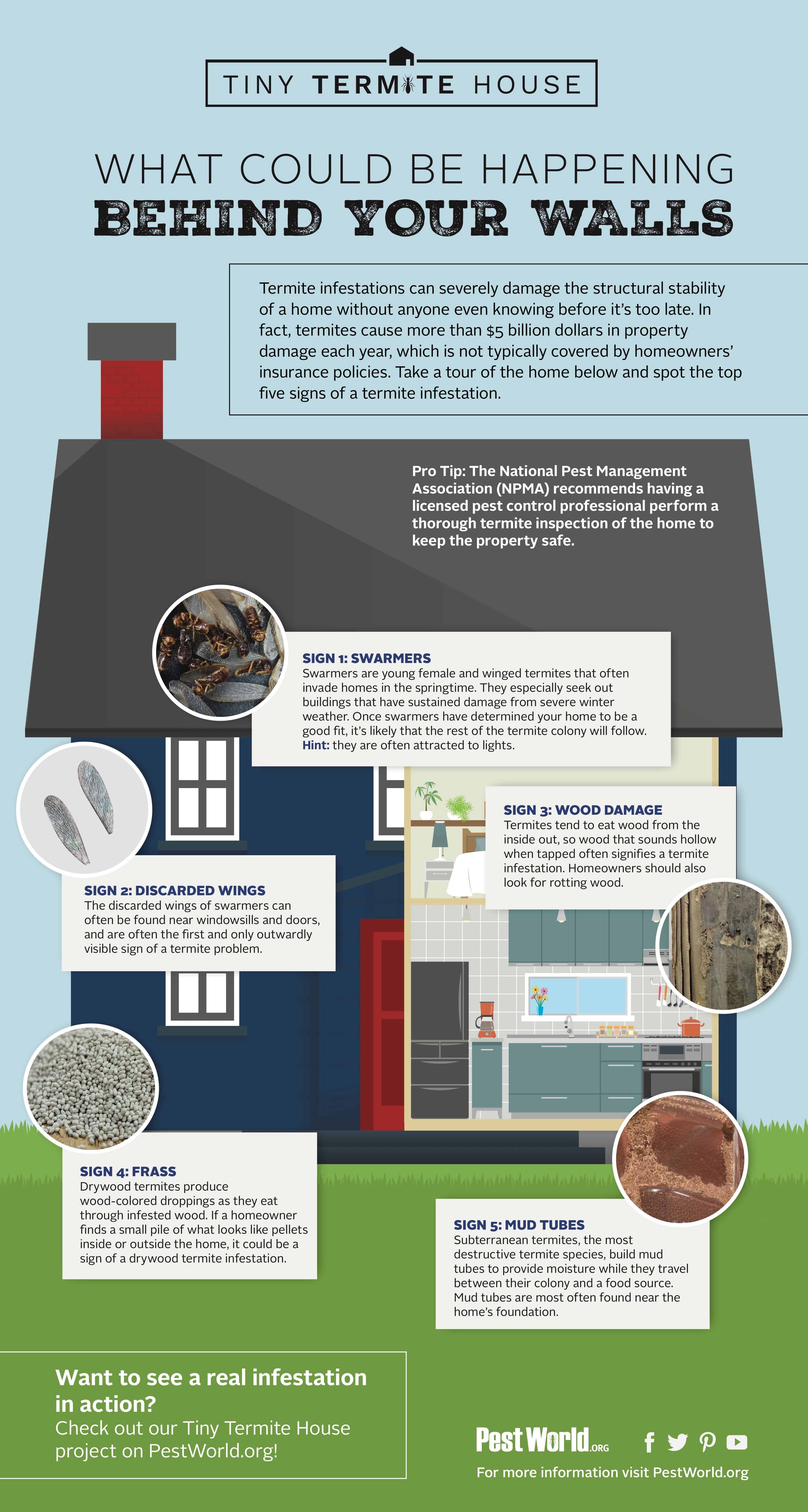Created By-Brock Gilbert
When confronted with water damage in your house, it's essential to act rapidly and efficiently. Start by analyzing the situation-- search for signs of wetness in ceilings, wall surfaces, and floors. As soon as you recognize the level of the damage, you can execute efficient drying out methods. Yet that's just the beginning. Comprehending exactly how to avoid future concerns is similarly important. Allow's explore the actions you can require to protect your home from water damage.
Assessing the Damage: What to Seek
Just how can you successfully assess water damages in your house? Begin by inspecting visible locations like ceilings, wall surfaces, and floors for discoloration or warping.
Look for peeling paint or soft spots, which may indicate moisture buildup. Do not neglect to look behind furnishings and appliances, as concealed damage commonly hides there.
Utilize a wetness meter to evaluate the degree of wetness in affected products. If you smell a mildewy odor, mold could be developing, so look for indications of growth in edges and under sinks.
Also, analyze your home's foundation and basement for cracks or merging water. Document your findings with photos to help assist your remediation initiatives and interact with insurance coverage adjusters if needed.
Effective Drying Out Strategies for Water Logged Areas
After examining the damage, the next step is to take on the drying out process in water logged locations.
Begin by getting rid of any kind of standing water with a wet/dry vacuum cleaner or wipe. Open doors and windows to enhance airflow, and make use of fans to circulate air. Dehumidifiers are a great investment; they'll pull wetness from the air, accelerating the drying process.
When possible, lift rugs and carpets to enable air flow beneath. For wall surfaces and walls, utilize a moisture meter to look for sticking around wetness, and take into consideration using a warm resource like a space heater to assist with drying.
Averting Future Water Damages in your house
To stop future water damage in your home, it's crucial to be proactive regarding maintenance and repairs.
Start by consistently inspecting your roofing system for missing out on tiles or leakages. Clean seamless gutters and downspouts to make certain correct water drainage.
relevant resource site and pipelines for any kind of indicators of wear or leakages, and change them promptly. You need to likewise seal any fractures in your structure or wall surfaces to block moisture entry.
Think about setting up a sump pump in areas prone to flooding. Purchasing water detection systems can signal you to leaks before they end up being severe.
Finally, maintain appropriate air flow in high-moisture areas like restrooms and kitchens to decrease humidity.
Conclusion
Finally, dealing with do it yourself water damage restoration can save you money and time if you comply with the right steps. By analyzing the damage, utilizing reliable drying out strategies, and taking safety nets, you can keep your home safe and dry. Do not fail to remember to stay alert concerning dampness in your living spaces, as avoidance is vital to avoiding future problems. With a little effort and the right method, you can shield your home from water damage.

UNDER MAINTENANCE

